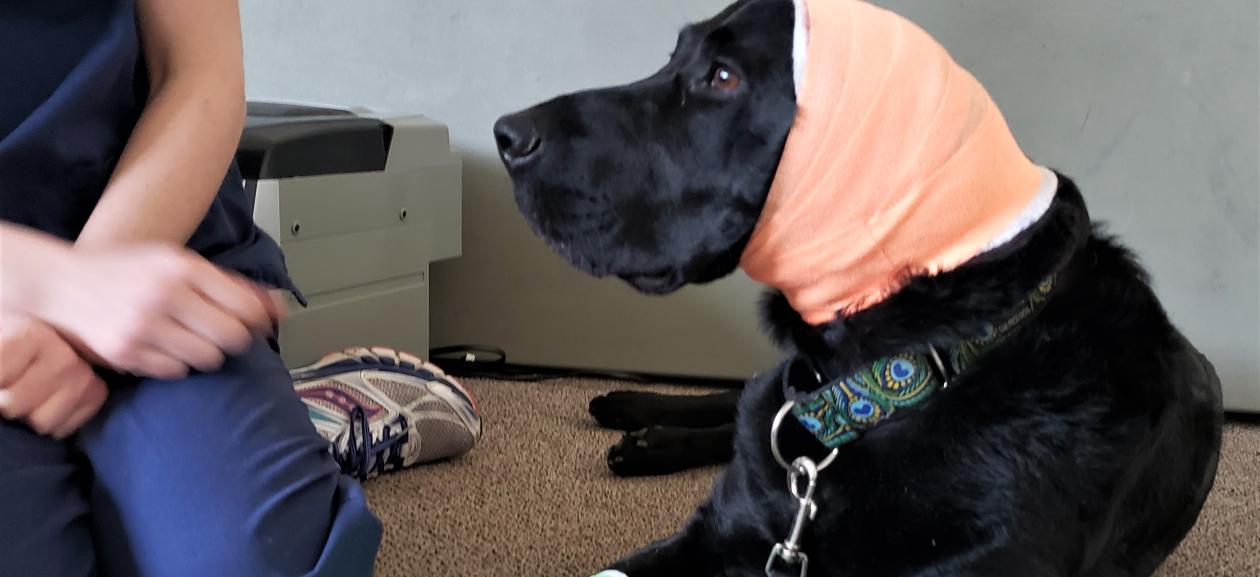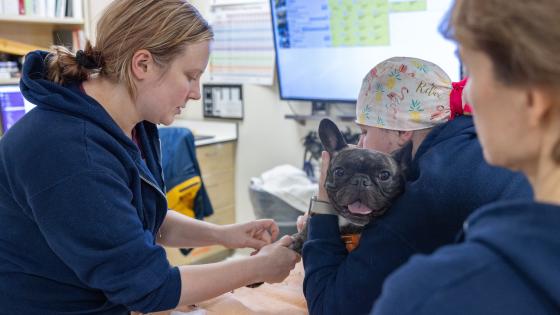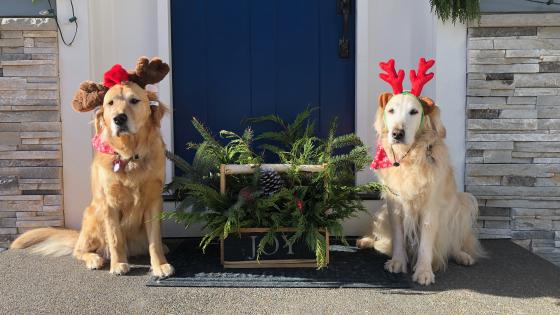
Pawsitively Wrapped: The Art of Pet Bandaging for Pet First Aid
It’s a beautiful day and you’re out playing fetch with your dog at the park. Suddenly, your furry friend snags a chain link on a nearby fence enclosure and returns with an open bleeding wound. What do you do next? Seeking veterinary care is a must. But having some basic knowledge of wound-bandaging can prevent further bleeding, provide protection and prevent infection until you can see the vet. Here are some simple, step-by-step instructions on bandaging pet wounds.
NOTE: This information is not a substitute for veterinary treatment, but intended to provide temporary care for your pet until you can see a veterinary professional.
To properly bandage a wound, you will need to have a pet first aid kit handy. When it comes to bandaging your pet, it's important to prioritize their safety and comfort.
Gather the necessary supplies
Before starting the bandaging process, make sure you have all the necessary supplies ready. These may include bandages, adhesive tape, gauze pads, antiseptic solution, and a pair of scissors.
Evaluate the wound
- Is it bleeding? If so, identify the source and elevate the wound if possible while applying direct pressure with sterile gauze pad, a towel or clean wash cloth. Stopping the bleeding is crucial.
Clean the wound
- Rinse the area with clean water or saline – do not rub or scrub! Do NOT use hydrogen peroxide on the wound. It can slow wound healing and cause skin irritation.
- Clean the surrounding area thoroughly.
Bandage the wound and surrounding area
- Place an absorbent non-stick pad over the wound.
- Wind a few layers of non-adherent elastic bandage (i.e. Vet Wrap) around the affected area, insuring the wrap is not too tight to cut off circulation. Bandage around the wound above and below the affected area, starting away from the body and wrapping towards the body while overlapping each layer by 50%. Secure using adhesive tape.
This is temporary care for your pet until you can see a veterinary professional. Following your bandaging, take your pet to your primary veterinarian, DoveLewis, or the nearest veterinary hospital for medical treatment.
Recent Posts
Holiday Hazards for Your Pet
Deck the halls with boughs of holly … but be sure it’s out of reach of your furry friends! It’s easy to get swept up in the festivities of the season, but don’t forget that added fun means added risks for your pets.




